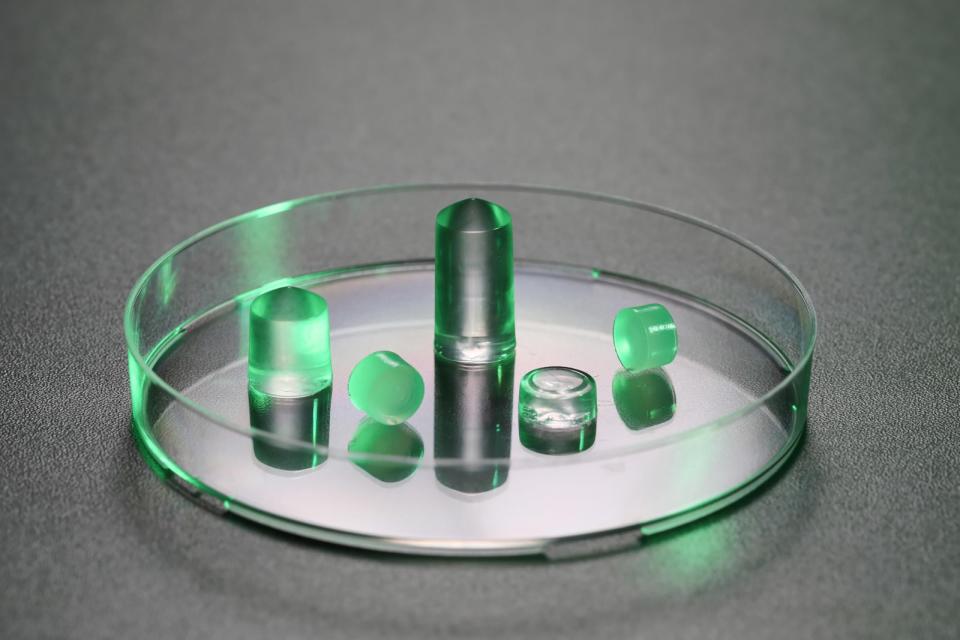Sticky hydrogel could revolutionize knee surgery
Researchers created a hydrogel that can carry repair cells for damaged areas.
Two teams of researchers from the École Polytechnique Fédérale de Lausanne (EPFL) have created a material that can help heal damaged cartilages more effectively. See, when a cartilage gets damaged, it needs all the extra help it can get. It doesn't heal itself like other soft tissues do, so any injury that involves one requires medical intervention. That's why scientists continue to look for better methods and materials to treat cartilage-related injuries, and one technique they came up with is injecting damaged areas with a hydrogel material loaded with either drugs or repair cells.
The problem with the method is, available commercial hydrogels don't stay put when the patient moves. Doctors need to use membranes to keep them in place, and those membranes have to be sewn onto the tissue the hydrogel is supposed to heal. The EPFL researchers' material, however, naturally sticks to soft issue.
In fact, the new hydrogel (that's 90 percent water and composed of a double-network matrix and a fiber network) adheres to tissues even more when it's compressed or stretched. Dominique Pioletti, one of the team leaders, explained that it's because the "double network structure distributes incoming mechanical energy throughout" the hydrogel. If you load the material with repair cells or drugs, it can heal broken cartilages without the need to damage them further with sutures.
Pioletti said:
"Our hydrogel is ten times more adhesive than currently available bioadhesives on the market such as fibri. And thanks to its high water content, our hydrogel is very similar in nature to the natural tissue it's designed to heal."
The researchers have already proven that the hydrogel can adhere to several types of tissues. Going forward, they plan to load it with different agents typically used for treatment and to tailor it to specific applications.


